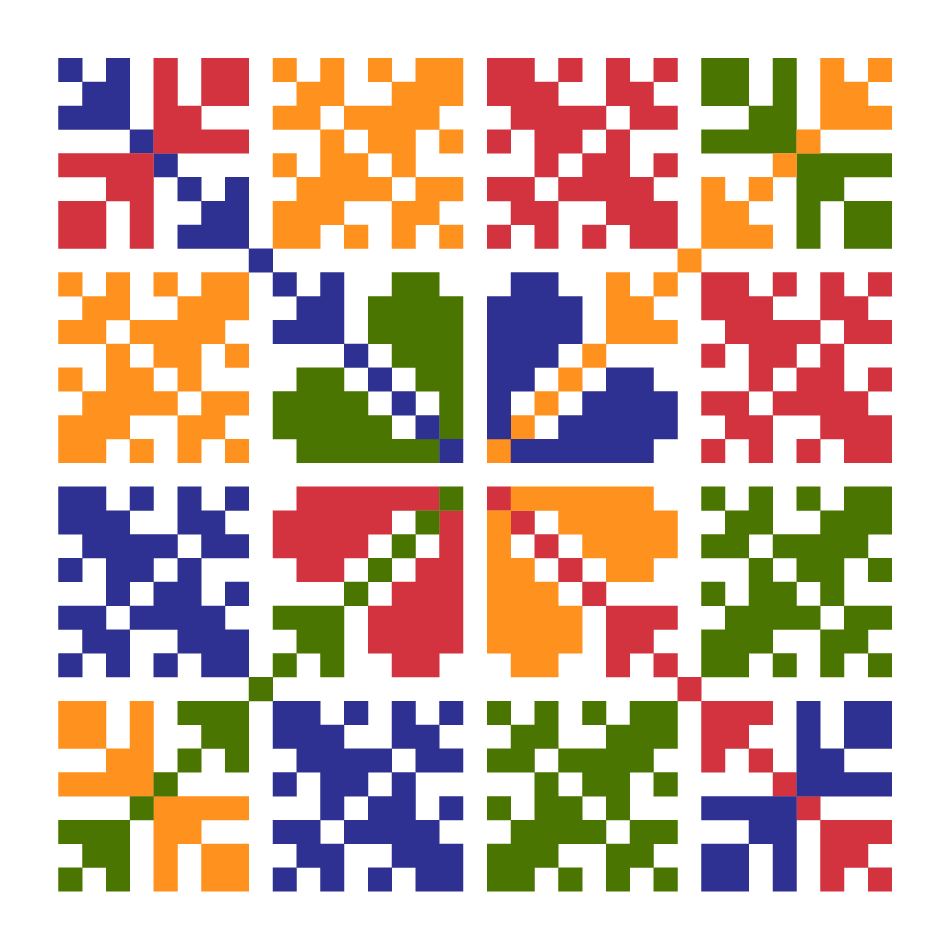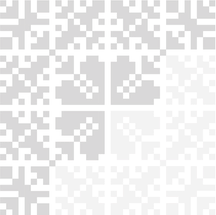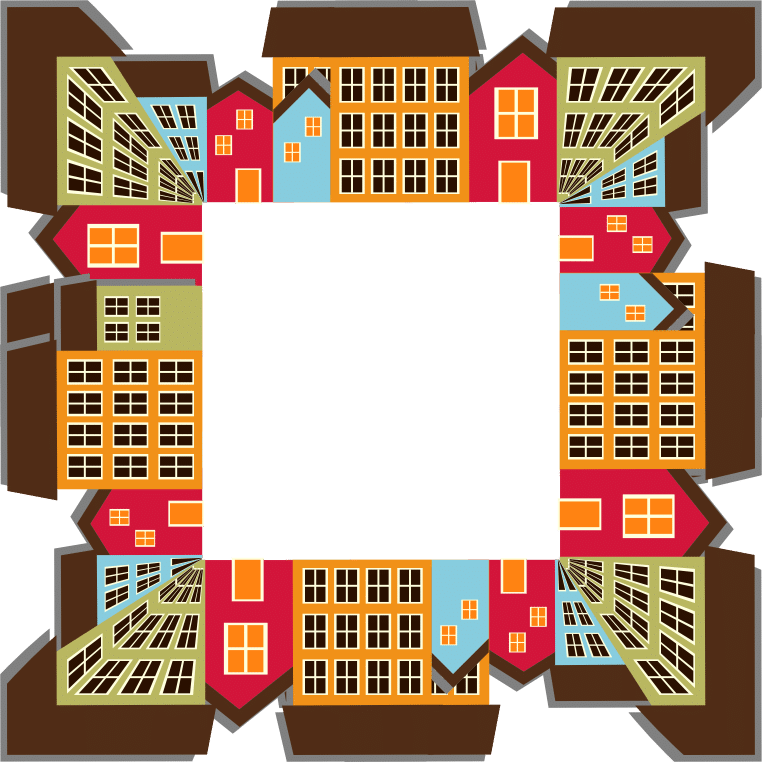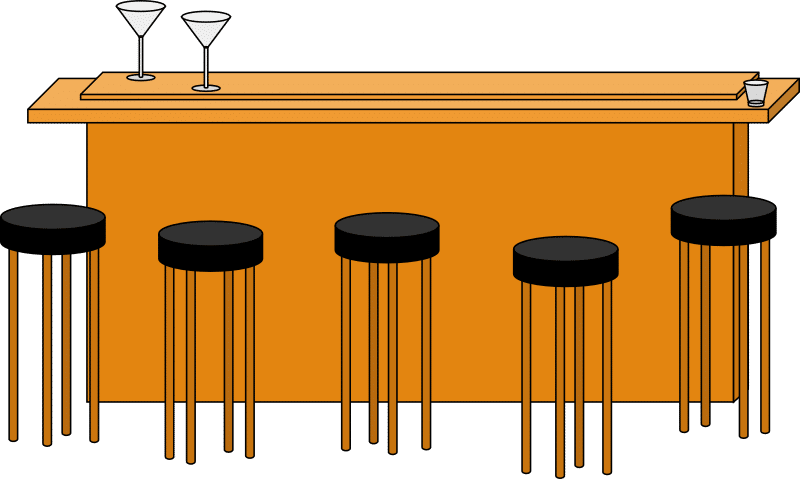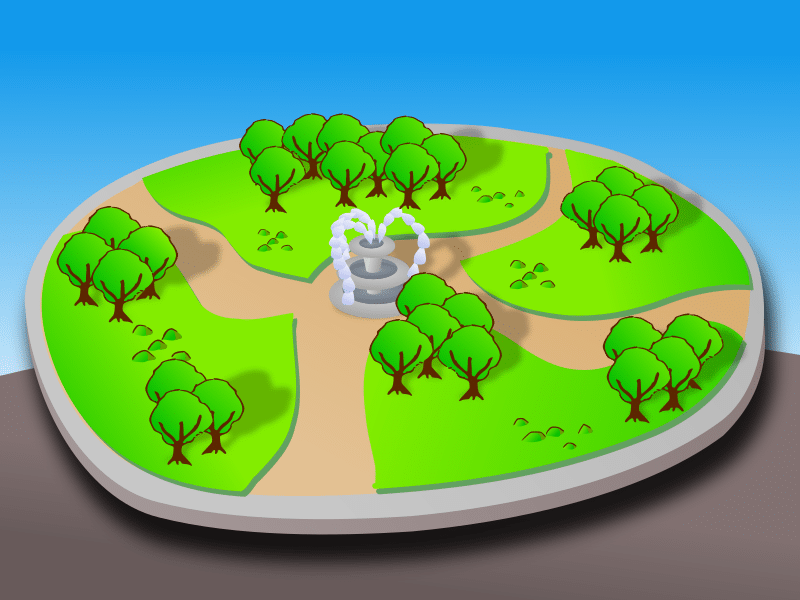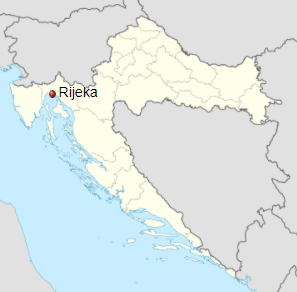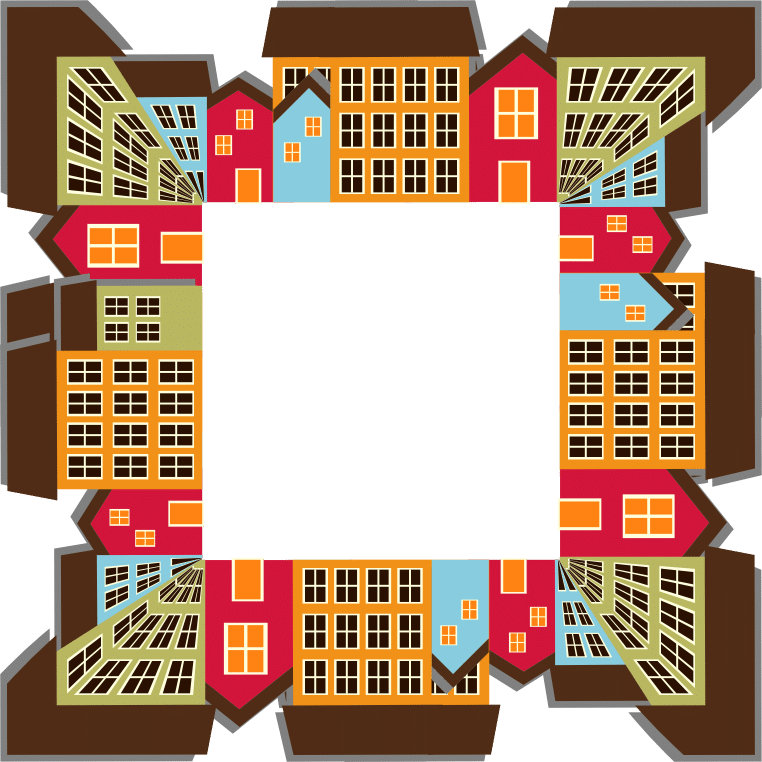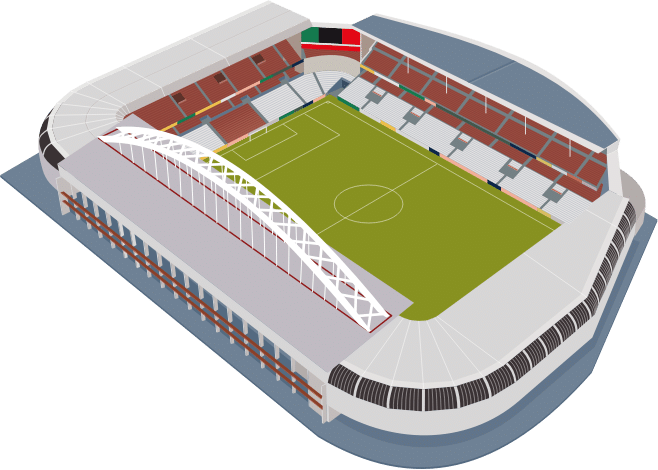C2 M3 L1 Grammar
2 | Modul 3: Gramatika
Kamo ideš?
2 | 3 | Lekcija 1: Kamo ići?
| The verb IĆI (to go)
The verb to go (ići) belongs to a group of verbs ending in -ći. All these verbs in -ći have a special form (i.e. a certain change happens in their conjugation). The verb to go is irregular, and at this point you will need to memorize its conjugation pattern.
SINGULAR | PLURAL | ||||
ja | id-em | mi | id-emo | ||
ti | id-eš | vi | id-ete | ||
on/-a/-o | id-e | oni/-e/-a | id-u | ||
The verb ići will be followed by a certain preposition to indicate where someone is going.
Ja idem u park. | Ja idem u kino. | Ja idem u bolnicu. |
| ||
Ja idem na trg. | Ja idem na posao. | Ja idem na operu. |
| Kamo? Telling Where People Are Going
So far you have learned that the subject of a sentence is expressed using the Nominative case (Ja sam studentica), the singular of which is the dictionary form of the noun. We have also learned that the direct object, the recipient of the verb’s action, is expressed using the Accusative case (Ja gledam film).
In this section we will learn how to express motion toward some place: in other words, we will learn how to answer the question Kamo? We will work with two prepositions (u and na) which will be followed by a noun in the Accusative case. Both can express a range of meanings, but are generally the equivalents of the English prepositions "in, "at" and/or "on", respectively. The basic explanation of the meaning of each of these prepositions is as follows.
Preposition u
u — expresses location inside a physical container or something construed as having a clear boundary (physical container: u kino ‘to the theater’; clear boundary: u grad ‘to the city’). The preposition u is also used when we refer to a city and a country: Idem u Zagreb. Idem u Hrvatsku.
m | ||||
u bar | u muzej | u park | u San Francisco | |
n | ||||
u more | u kazalište | u kino | u polje | |
f | ||||
u trgovinu | u školu | u bolnicu | u Rijeku |
Preposition na
na — expresses location on some surface, or location at something that does not have a clear boundary (surface: na koncert ‘to the concert; no boundary: na tulum ‘to the party’). The preposition na is also used when we refer to an island: Idem na Hvar.
m | ||||
na trg | na stadion | na WC | na film | |
n | ||||
na pivo | na vino | |||
f | ||||
na planinu | na kavu | na večeru | na rijeku |
2.3 Zadatak 1. Kamo idu?
Read the sentences and from the drop-down menu choose the correct preposition: u or na.
2.3 Zadatak 2. Kamo idemo?
Read the sentences carefully and write the correct preposition: u or na.
Images used in this document are from these sources.
